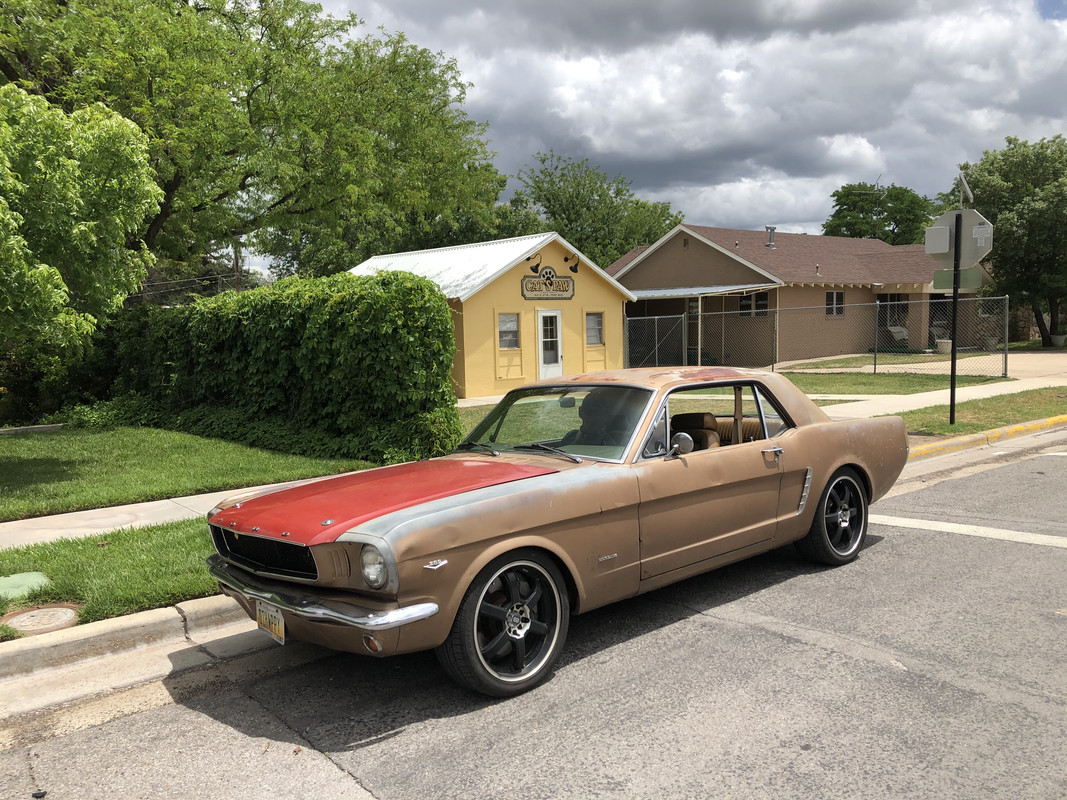There's a couple things worth pointing out about that test. First, it was on a 440 Mopar. What works on one engine doesn't necessarily translate to other engines. Though I will note that the 440 uses the same style oil pump as a SBF (more on that later).
Second, it we are honest, most of us dead set against HV pumps on engines that don't really need them due to the idea that they waste HP hold that belief because a lot of people we think have a lot more knowledge than we do have written that in books, told us that at the machine shop, etc. Possibly this is the illusion of knowledge and not actual, empirically tested knowledge, and that's exactly how urban legends get started.
Third, consider that many, many things that get repeated and passed down as proven fact came from peoples' experience with the SBC. I know some guys get salty about that as Ford guys, but the industry standard for performance almost since it was introduced has been the 350 Chevy. Where this is interesting is the SBC use a different oil pump design than the SBF (or the 440 Mopar). Possibly the idea that HV pumps waste power comes from the fact that they do in SBCs (purely conjecture mind you, but where there is difference there is also possibility).
In summation I also need to point out that this test is extremely narrow in its focus. It looks only at the effect of various pumps on power. It did not consider loading on the oil pump drivehsaft/distributor gear/distributor gear roll pin. It did not consider the effect on oil temperature. It did not consider the effect on oil aeration. It did not consider the effect of moving oil to the top end of the engine at the expense of the bottom end. Even if the test is valid and disproves the power wasting argument there's a lot more to the oiling system than just how much power it uses, and thus a lot more reasons why a HV pump is probably unnecessary and possibly introduces greater risk of failure than a standard volume pump.
My final thought is that like anything else the oil pump should be matched to the build. SBFs don't typically have oiling problems. HV pumps are most effective in engines that have oiling issues, because they need more oil to survive at higher RPM (Pontiacs, AMCs, etc.). In an typical SBF a HV pump is a solution in search of a nonexistant problem. Such "solutions" often cause more issues than they resolve. So, standard bearing clearances, and operating range under 6,500RPM a standard volume pump is going to be just fine. You go to wider clearances for racing, or if the engine is becoming worn out and your oil pressure is low; a HV pump is probably a good idea.

 1 of 1
1 of 1



 6sally6 wrote:
6sally6 wrote:

